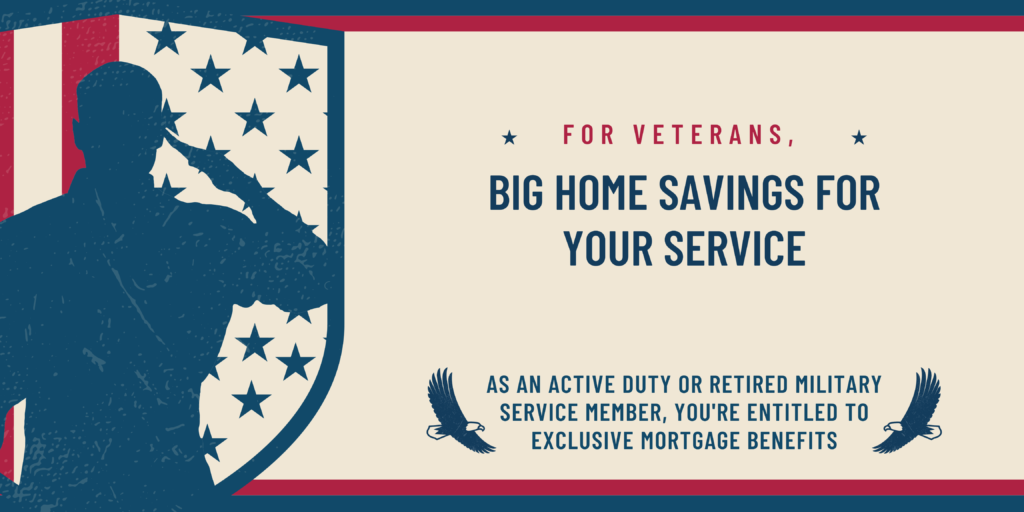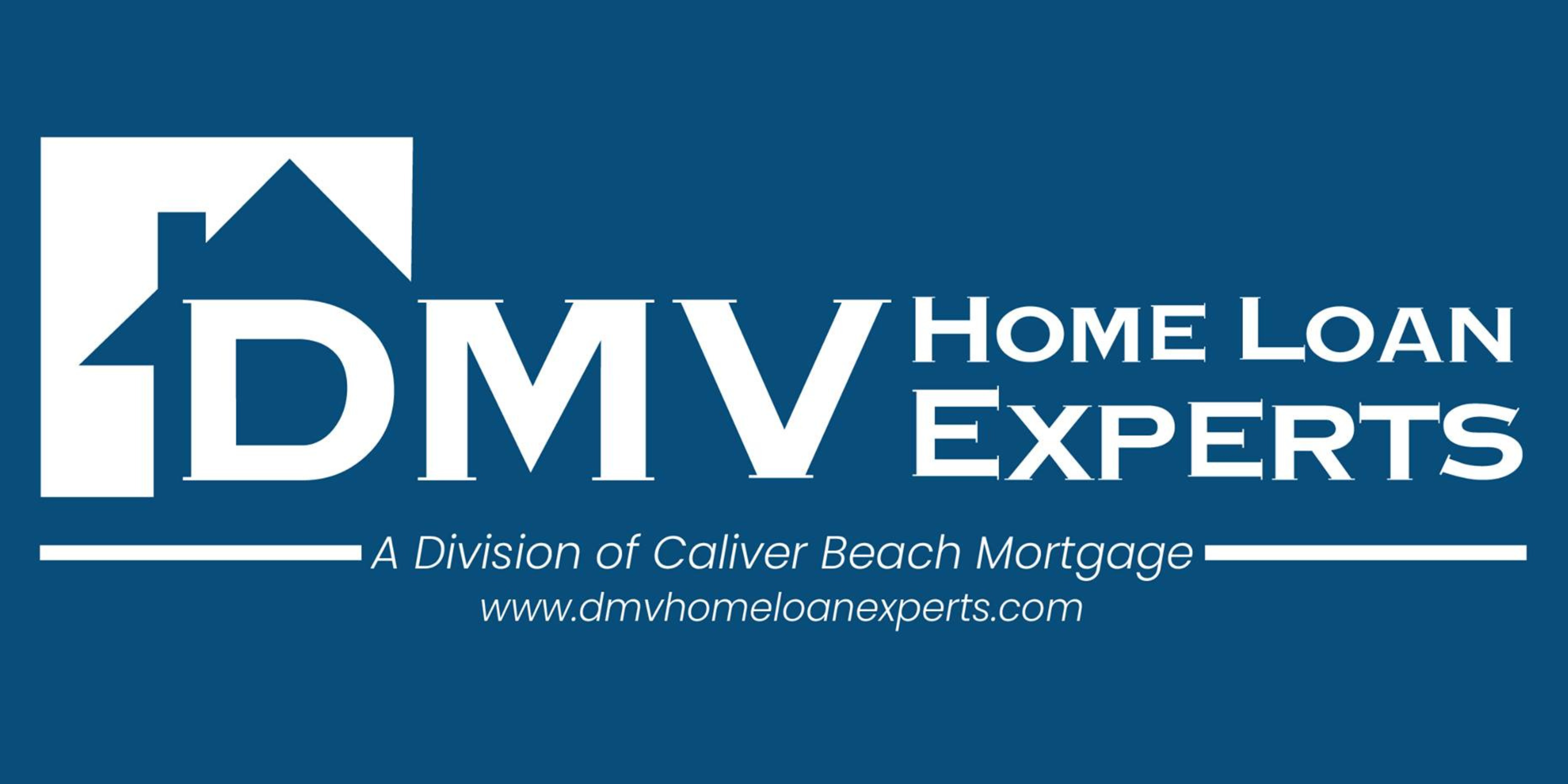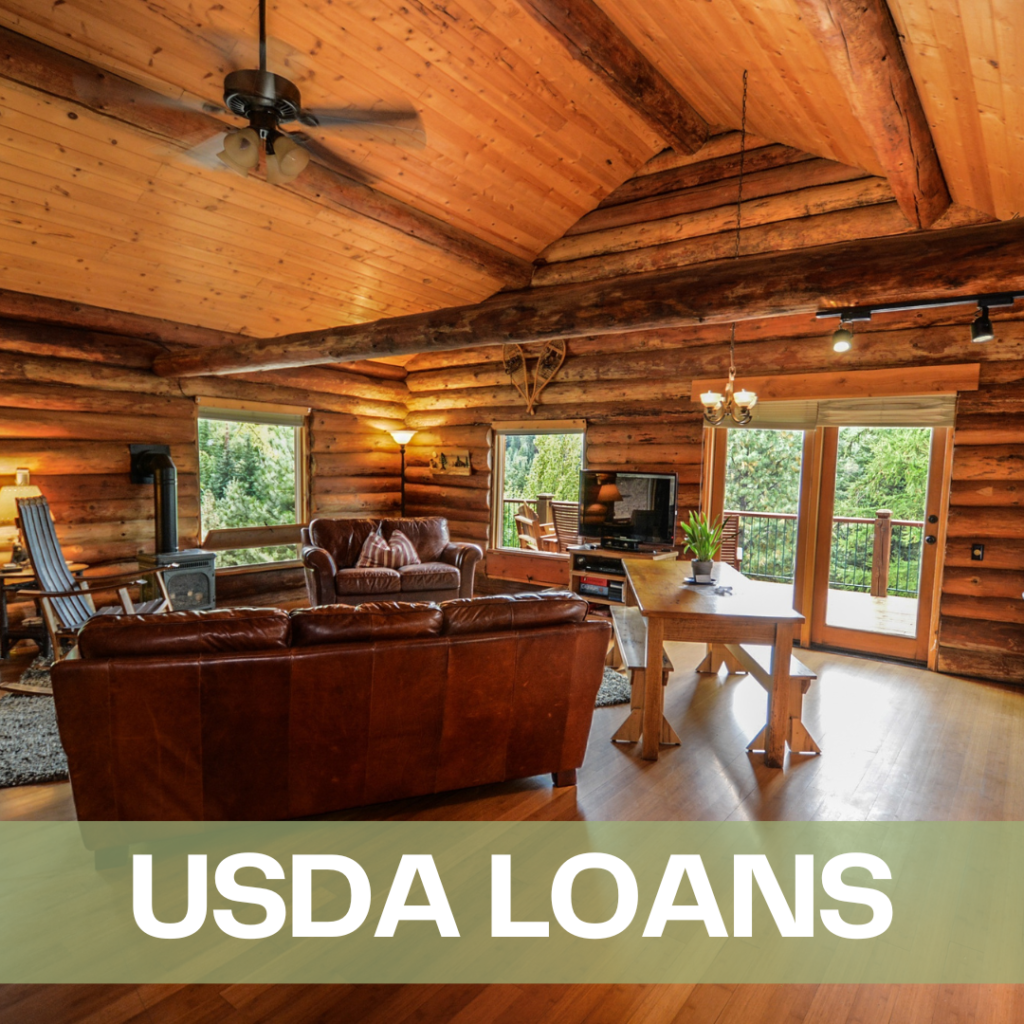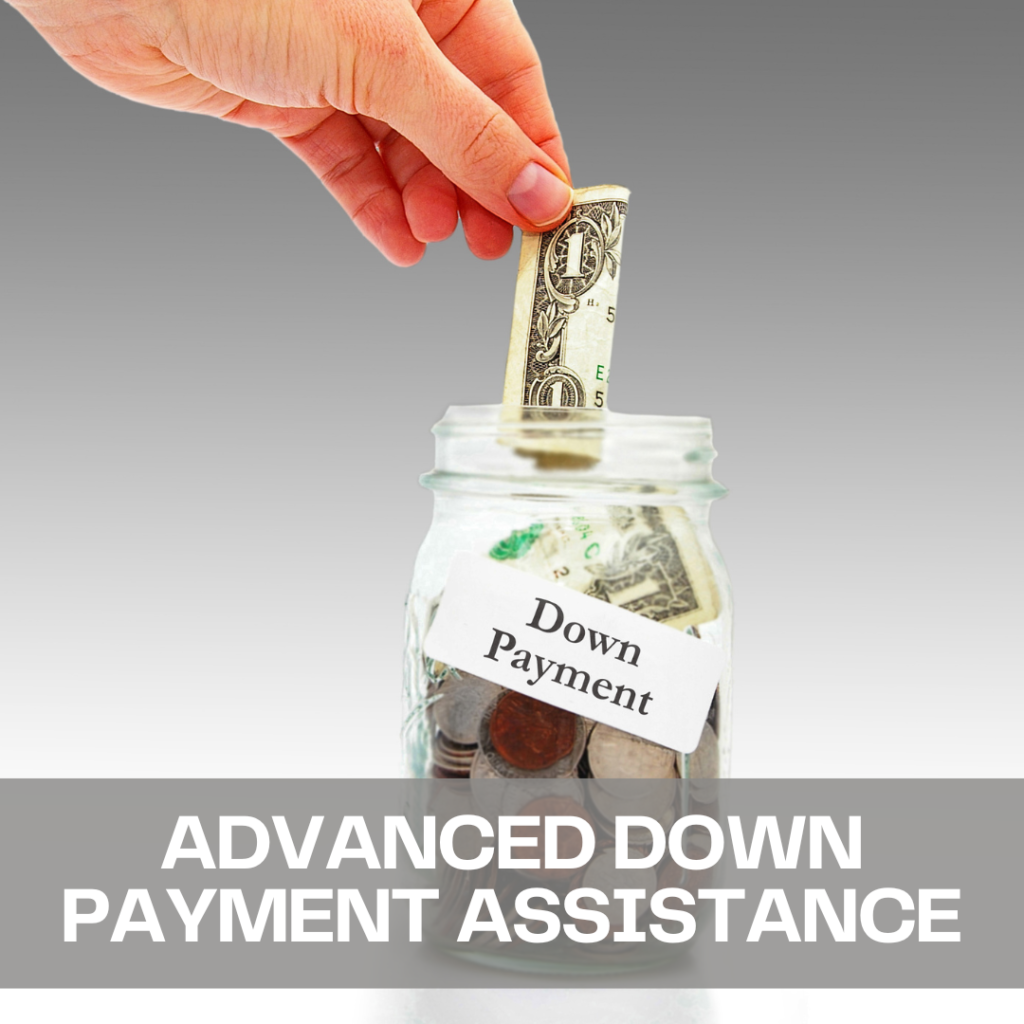
EXCEPTIONAL BENEFITS FOR THOSE WHO HAVE SERVED OUR COUNTRY
VETERANS CAN NOW LIVE THE DREAM OF HOMEOWNERSHIP!
UP TO 100% FINANCING AVAILABLE ON VA GOVERNMENT LOANS
What is a VA loan?
Despite the name, a VA Loan is not a loan made directly by the federal government or the Veteran’s Administration. It is a loan made by a qualified lender, guaranteed by the United States Department of Veteran Affairs (VA). The loan enables veterans and active duty personnel to purchase or refinance a home with favorable loan terms. The maximum VA loan amount varies depending on the county.
FAQs: Veterans Administration (VA)
VA HOME LOAN
Who is eligible for a VA Home Loan?
Active-duty service members and Veterans with discharges other than dishonorable, National Guard and Reserve service members and Veterans with an honorable discharge, certain eligible spouses, and other uniformed service personnel may be eligible for VA home loan guaranty benefits. The full listing is available online at: https://www.va.gov/housing-assistance/home-loans/eligibility/.
Main pillars of the VA home loan benefit
- No downpayment required
(*Note: Lenders may require down payments for some borrowers using the VA home loan guaranty, but VA does not require a downpayment)
- Competitively low-interest rates
- Limited closing costs
- No need for Private Mortgage Insurance (PMI)
- The VA home loan is a lifetime benefit: you can use the guaranty multiple times
Why choose VA?
The VA Home Loan is often the best home loan product for Veterans. Some benefits include:
- No down payment as long as the sales price is at or below the home’s appraised value (the value set for the home after an expert review of the property).
- No loan limit with full entitlement if you can afford the loan, VA will back loans in all areas of the country, regardless of home price.
- Competitive terms and interest rates from private banks, mortgage lenders, or credit unions
- No need for private mortgage insurance (PMI) or mortgage insurance premiums (MIP)
- PMI is a type of insurance that protects the lender if the borrower ends up not being able to pay the mortgage. It’s usually required on conventional loans if the down payment is less than 20% of the total mortgage amount.
- MIP is what the Federal Housing Administration (FHA) requires borrowers to pay to self-insure an FHA loan against future loss.
- Not having to pay PMI could save a borrower on their monthly mortgage payment
- Fewer closing costs, which may be paid by the seller, lender, or any other party
- No penalty fee for paying off the loan early
Is there a fee to use the VA Home Loan Guaranty?
Yes, but the funding fee can be waived. To keep the program viable, Congress instituted a program funding fee, which is a percentage of the total loan amount. This user fee varies based whether the loan is a first-time or subsequent (second, third, etc.) use of the benefit. The funding fee may be paid in cash or included in the loan at closing. The funding fee can also be paid by the seller, lender, or any other party on your behalf.
Who does not pay the VA funding fee?
- Veterans receiving VA compensation for a service-connected disability.
- Veterans entitled to receive VA compensation for a service-connected disability, but receive retirement pay or active service pay.
- Unremarried surviving spouses of Veterans who died in active service or from a service-connected disability.
- Service member with a proposed or memorandum rating from VA, prior to loan closing, as eligible to receive compensation as a result of a pre-discharge claim.
- Service member on active duty who provides, on or before the date of loan closing, evidence of having been awarded the Purple Heart.
VA Purchase
Who is eligible for a VA-backed purchase loan?
You may be eligible for a VA-backed purchase loan if you meet all of these requirements.
All of these must be true:
- You qualify for a VA-backed home loan Certificate of Eligibility (COE), and
- You meet our—and your lender’s—standards for credit, income, and any other requirements, and
- You will live in the home you’re buying with the loan
Why might I want a VA-backed purchase loan?
A VA-backed purchase loan often offers:
- No down payment as long as the sales price isn’t higher than the home’s appraised value (the value set for the home after an expert reviews the property)
- Better terms and interest rates than other loans from private banks, mortgage companies, or credit unions (also called lenders)
- The ability to borrow up to the Fannie Mae/Freddie Mac conforming loan limit on a no-down-payment loan in most areas—and more in some high-cost counties. You can borrow more than this amount if you want to make a down payment. Learn about VA home loan limits
- No need for private mortgage insurance (PMI) or mortgage insurance premiums (MIP)
- PMI is a type of insurance that protects the lender if you end up not being able to pay your mortgage. It’s usually required on conventional loans if you make a down payment of less than 20% of the total mortgage amount.
- MIP is what the Federal Housing Administration (FHA) requires you to pay to self-insure an FHA loan against future loss.
- Fewer closing costs, which may be paid by the seller
- No penalty fee if you pay the loan off early
Where can you use the VA-backed purchase loan?
- Buy a single-family home, up to 4 units
- Buy a condo in a VA-approved project
- Buy a home and improve it
- Buy a manufactured home or lot
- Build a new home
- Make changes or add new features (like solar power) to make your home more energy efficient
You can also:
- Get a VA-backed home loan to buy your first home
- Use your VA loan benefit again if you sell or refinance a home you bought with a VA-backed home loan
- Assume a VA-backed home loan (which means that instead of opening a new mortgage loan, the buyer takes over the seller’s loan)
Will I have to pay any fees with my loan?
You may need to pay the VA funding fee. This one-time fee helps to lower the cost of the loan for U.S. taxpayers since the VA home loan program doesn’t require down payments or monthly mortgage insurance. Your lender will also charge interest on the loan in addition to closing fees.
VA Interest Rate Reduction Refinance Loan (VA IRRRL)
Who is eligible for an IRRRL?
You may be eligible for an IRRRL if you meet all of these requirements.
All of these must be true:
- You already have a VA-backed home loan, and
- You’re using the IRRRL to refinance your existing VA-backed home loan, and
- You can certify that you currently live in or used to live in the home covered by the loan
Note: If you have a second mortgage on the home, the holder must agree to make your new VA-backed loan the first mortgage.
Why might I want to get an IRRRL?
Often called a “streamline” refinance, an IRRRL may help you to:
- Lower your monthly mortgage payment by getting you a lower interest rate, or
- Make your monthly payments more stable by moving from a loan with an adjustable or variable interest rate (an interest rate that changes over time) to one that’s fixed (the same interest rate over the life of the loan)
On a no-down-payment loan, you can borrow up to the Fannie Mae/Freddie Mac conforming loan limit in most areas—and more in some high-cost counties. You can borrow more than this amount if you want to make a down payment. Learn about VA home loan limits
You’ll want to keep closing costs in mind when refinancing a loan, as they can add up to thousands of dollars. Before you decide to refinance, divide your closing costs by how much you expect to save every month by refinancing to see if it’s worth it. While your lender can advise you on the costs and benefits of the transaction, you’ll want to be sure you understand what you’re getting into.
VA Cash-out Refinance Loan
Who is eligible for an VA-backed cash-out refinance loan?
You may be eligible for this type of loan if you meet all of these requirements.
All of these must be true:
- You qualify for a VA-backed home loan Certificate of Eligibility, and
- You meet VA’s—and your lender’s—standards for credit, income, and any other requirements, and
- You’ll live in the home you’re refinancing with the loan
Why might I want to get a VA-backed cash-out refinance loan?
A VA-backed cash-out refinance loan may help you to:
- Take cash out of your home equity to pay off debt, pay for school, make home improvements, or take care of other needs, or
- Refinance a non-VA loan into a VA-backed loan
On a no-down-payment loan, you can borrow up to the Fannie Mae/Freddie Mac conforming loan limit in most areas—and more in some high-cost counties. You can borrow more than this amount if you want to make a down payment. Learn about VA home loan limits
You’ll want to keep closing costs in mind when refinancing a loan, as they can add up to thousands of dollars. Make sure you understand how your new loan amount relates to the value of your home. While your lender can advise you on the costs and benefits of the transaction, you’ll want to be sure you understand what you’re getting into.
VA Home Loan Limits
If you have full entitlement, you don’t have a home loan limit:
Eligible Veterans, service members, and survivors with full entitlement no longer have limits on loans over $144,000. This means you won’t have to pay a down payment, and we guarantee to your lender that if you default on a loan that’s over $144,000, we’ll pay them up to 25% of the loan amount.
You have full entitlement if you meet any of these requirements.
At least one of these must be true:
- You’ve never used your home loan benefit, or
- You’ve paid a previous VA loan in full and sold the property (in this case, you’d have your full entitlement restored), or
- You’ve used your home loan benefit, but had a foreclosure or compromise claim (also called a short sale) and repaid us in full
Note: You may have heard the terms additional entitlement, bonus entitlement, or tier 2 entitlement. We use these terms when we communicate with lenders about VA-backed loans over $144,000. You won’t need to use these terms when applying for a loan.
If you have remaining entitlement, you do have a home loan limit:
With remaining entitlement, your VA home loan limit is based on the county loan limit where you live. This means that if you default on your loan, we’ll pay your lender up to 25% of the county loan limit minus the amount of your entitlement you’ve already used.
You can use your remaining entitlement—either on its own or together with a down payment—to take out another VA home loan.
You may have remaining entitlement if any of these are true:
- You have an active VA loan you’re still paying back, or
- You paid a previous VA loan in full and still own the home, or
- You refinanced your VA loan into a non-VA loan and still own the home, or
- You had a compromise claim (or short sale) on a previous VA loan and didn’t repay us in full, or
- You had a deed in lieu of foreclosure on a previous VA loan (this means you transferred your home’s title to the bank that holds your mortgage to avoid foreclosure), or
- You had a foreclosure on a previous VA loan and didn’t repay us in full
How does my county loan limit affect me?
You may need to make a down payment if you’re using remaining entitlement and your loan amount is over $144,000. This is because most lenders require that your entitlement, down payment, or a combination of both covers at least 25% of your total loan amount.
So if you’re able and willing to make a down payment, you may be able to borrow more than the county loan limit with a VA-backed loan. Remember, your lender will still need to approve you for a loan. The lender will determine the size of loan you can afford based on your:
- Credit history
- Income
- Assets (items of value such as savings, retirement, and investment accounts)
We don’t require a minimum credit score, but some lenders may have different credit score requirements. Be sure to contact more than one lender to compare.
Note: You may have heard the terms additional entitlement, bonus entitlement, or tier 2 entitlement. We use these terms when we communicate with lenders about VA-backed loans over $144,000. You won’t need to use these terms when applying for a loan.
Why does my COE say, “This Veteran’s basic entitlement is $0”?
This line on your COE is information for your lender. It shows that you’ve used your home loan benefit before and don’t have remaining entitlement. If the basic entitlement listed on your COE is more than $0, you may have remaining entitlement and can use your benefit again.
On your COE, in the table called Prior Loans charged to entitlement, we list the amount of your entitlement you’ve already used under the Entitlement Charged column. Your entitlement can be restored when you sell your property and pay your VA-backed loan in full, or repay in full any claim we’ve paid.
What are the VA home loan limits by year and county?
VA home loan limits are the same as the Federal Housing Finance Agency (FHFA) limits. These are called conforming loan limits.



